Microscopy Facility
The Facility provides state-of-the-art imaging equipment and expertise for the most demanding research projects from subcellular events to cell dynamics in organs. We also offer support and courses for students and researchers.
This Facility is managed by the Institute for Research in Biomedicine (IRB): https://irb.usi.ch/facilities/microscopy/
Equipment
Confocal and Super-resolution microscope
- Leica Stellaris 8 STED FLIM, fully equipped with a 405nm laser and a White Light Laser (all laser lines 440nm-790nm), 5 new-generation hybrid detectors (Power HyD Leica technology), fast z piezoelectric stage for fast 3D live cell imaging, resonant scanner, aberration-corrected objectives for high-resolution imaging such as 100X 1.4 oil and 93X 1.3 Glycerol objective, STED module with depletion lasers 660nm and 775nm for super-resolution up to 30nm in all axis, and FLIM lifetime module.
-
Leica Stellaris 5, equipped with a 405nm laser, 440nm laser and White Light laser (all laser lines 485nm – 790nm), 5 new-generation hybrid detectors (Power HyD Leica technology), motorized table and fast z piezoelectric stage for fast 3D large sample reconstructions
High-content screening system
- Molecular Devices ImageXpress Micro 4, wide-field automated microscope for up to 5 fluorescence channels and transmitted light. The microscope is combined with a robot for automated acquisition and analysis of up to 45 plates. Software allows a straightforward acquisition setup and provides modules for segmentation and analysis.
Wide-field microscopes
- Nikon Eclipse E800 upright microscope.
- Nikon Eclipse TE300 inverted microscope, with an incubator for live-cell experiments and Eppendorf FemtoJet microinjector.
- Zeiss Axiovert 200 inverted microscope, equipped with UV-corrected optics and TILLvisION software for ratiometric calcium measurement experiments.
Multi-photon Excitation Microscopy system
- LaVision BioTec TriM Scope combines an upright and inverted microscope equipped with two tunable pulsed NIR lasers and OPO for multi-color simultaneous imaging on up to 5 channels.
Analysis Workstations
- Imaris analysis workstation with 2 Xeon E5 CPUs, 256GB RAM, and AMD Radeon R9 200 GPU.
- MetaXpress Powercore server for batch analysis of ImageXpress data.
- Linux imaging server with NVIDIA RTX 2060 GPU for AI-powered image analysis.
With these systems, we can perform most cell and tissue imaging procedures, such as STED, fast live cell imaging, FRAP, photoconversion, FLIM-FRET, and 3D reconstruction on unclarified and clarified tissues. Images with these techniques can also be combined with Electron Microscopy micrographs in Correlative Electron Microscopy (CLEM).
Support
- Individual training on all instruments
- Assistance in experimental design
- Assistance during the whole imaging workflow, from the acquisition to image analysis
- Assistance with sample preparation and support on image analysis, deconvolution, and 3D reconstruction
- Software used for image analyses:
- Open software: ImageJ/FIJI, R, CellProlifer
- Commercial software: Autoquant X3 (Media Cybernetics), MATLAB (MathWorks), MetaXpress (Molecular Devices), Imaris (Bitplane), Aivia Go (Leica)
Courses
- Theoretical foundations of microscopy for biological applications (organized by prof. Marcus Thelen)
- Image analysis (organized by Diego Morone)
The facility is also open to collaborations, such as the development of new tools, techniques and analysis software. An example is LysoQuant.
LysoQuant
LysoQuant is a deep learning approach for the automatic segmentation and classification of fluorescent images capturing cargo delivery within endolysosomes.
Initially designed for the needs of a research group at the Institute, it has been published in Molecular Biology of the Cell and is available for download.




